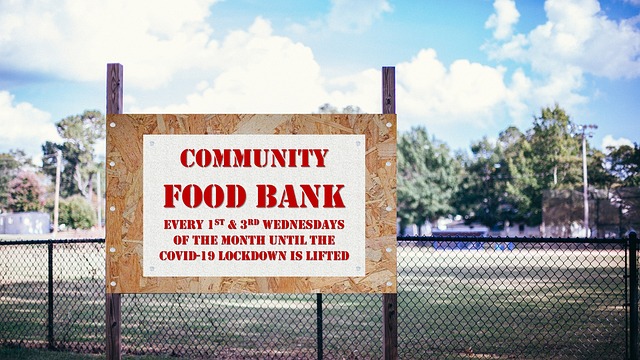Introduction:
Food banking initiatives have become crucial in addressing food insecurity and reducing food waste globally. As the demand for food assistance continues to rise, food banks are implementing innovative solutions to maximize their impact and reach more individuals and families in need. In this article, we explore some of the innovative strategies employed by food banks to enhance their effectiveness and address the complex challenges of hunger and food waste.
Harnessing Technology for Efficient Operations:
One of the key innovations in food banking is the use of technology to streamline operations and improve efficiency. Food banks are leveraging digital platforms and software solutions to enhance inventory management, optimize food distribution routes, and track donations in real-time. These technological advancements help food banks minimize waste, reduce overhead costs, and ensure timely delivery of food to community agencies and individuals in need.

Implementing Data Analytics for Targeted Assistance:
Data analytics is another innovative tool being utilized by food banks to better understand and address the specific needs of their communities. By analyzing demographic data, socio-economic indicators, and food insecurity metrics, food banks can identify underserved areas, target resources more effectively, and tailor their food assistance programs to meet the unique needs of diverse populations. Data-driven decision-making enables food banks to allocate resources efficiently and maximize their impact on hunger relief efforts.
Collaborating with Food Industry Partners:
Food banks are increasingly partnering with food industry stakeholders, including retailers, manufacturers, wholesalers, and farmers, to access surplus food and expand their food recovery efforts. Collaborative partnerships enable food banks to rescue larger quantities of nutritious food that would otherwise go to waste and redistribute it to individuals and families facing food insecurity. By working together with industry partners, food banks can leverage their collective resources and expertise to address hunger on a broader scale.
Promoting Food Education and Skills Development:
Innovative food banking initiatives are not only focused on providing immediate food assistance but also on promoting long-term food security and self-sufficiency. Food banks are incorporating educational programs and skills development initiatives into their services to empower individuals and families to make healthier food choices, improve cooking skills, and enhance food management practices. By equipping individuals with the knowledge and skills they need to access and prepare nutritious meals, food banks are fostering resilience and self-reliance within communities.
Embracing Sustainable Practices:
Sustainability is a core focus of many food banking initiatives, as food banks recognize the importance of environmental stewardship in addressing food insecurity and food waste. Food banks are adopting sustainable practices such as composting organic waste, utilizing eco-friendly packaging materials, and implementing energy-efficient technologies in their operations. By prioritizing sustainability, food banks are reducing their environmental footprint and contributing to the broader goal of building more resilient and environmentally conscious communities.
Engaging Volunteers and Community Partners:
Volunteers and community partners play a vital role in the success of food banking initiatives. Food banks are actively engaging volunteers from diverse backgrounds to support various aspects of their operations, including food sorting, packing, distribution, and outreach. Community partnerships with local businesses, schools, faith-based organizations, and civic groups further amplify the impact of food banking efforts by mobilizing resources, raising awareness, and fostering a sense of collective responsibility for addressing hunger and food insecurity.
Conclusion:
Innovative solutions are essential for maximizing the impact of food banking initiatives and addressing the complex challenges of hunger and food waste. By harnessing technology, leveraging data analytics, collaborating with food industry partners, promoting food education and skills development, embracing sustainable practices, and engaging volunteers and community partners, food banks can enhance their effectiveness and reach more individuals and families in need. Together, these innovative strategies contribute to building healthier, more resilient, and more equitable communities for all.



